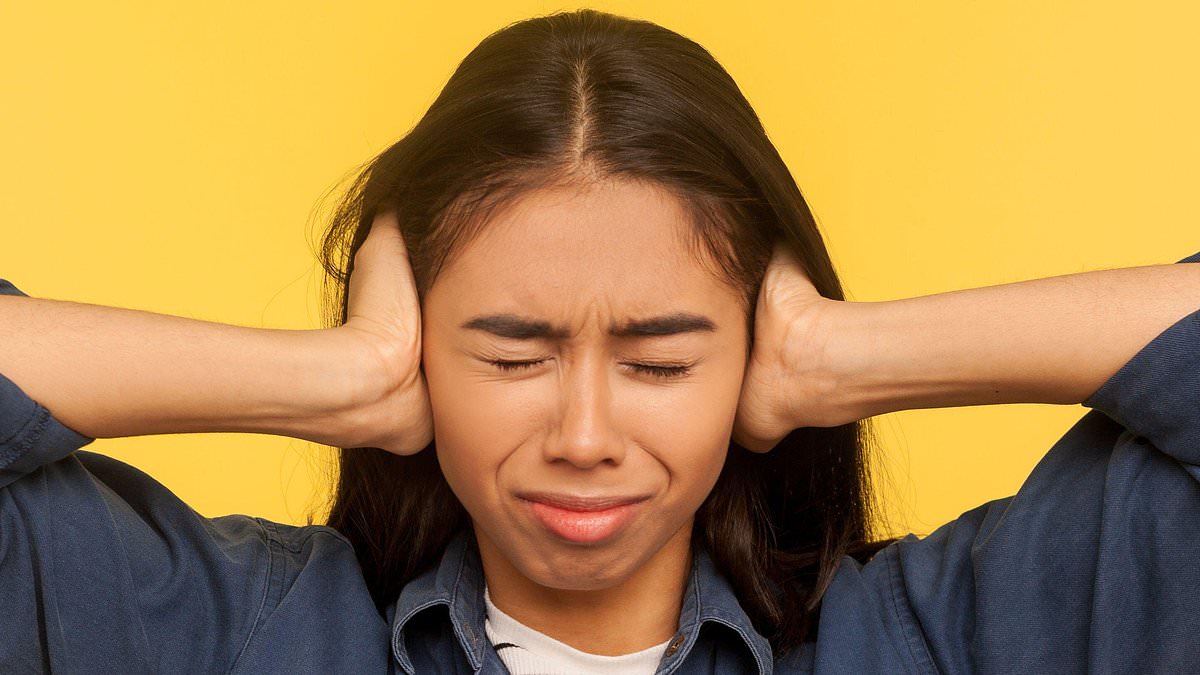Noise-cancelling headphones are contributing to an increase in neurological disorders among Gen Z, experts have warned.
The surge of popularity in recent years of the headphones which block out external sound has fuelled hearing problems triggered by the brain, according to NHS audiologists.
The condition, called auditory processing disorder (APD), sees the brain struggle to decipher sounds or words and differentiate them against background noise.
British Academy of Audiology Vice President Claire Benton said that by blocking out background noise like train sounds or car horns, the brain may ‘forget’ to filter out those noises.
She told the BBC: ‘You have almost created this false environment by wearing those headphones of only listening to what you want to listen to. You’re not having to work at it.
‘Those more complex, high-level listening skills in your brain only really finish developing towards your late teens.’
So, for those who have been wearing noise-cancelling headphones and thus living in a ‘false world’ in their late teens, they may be slightly delaying the ability to process speech and noise, Ms Benton explained.
Increasing numbers of young people are being referred to experts for hearing issues, only to discover their hearing is fine and the issue is actually neurological.
With their brain fighting hard to process what it hears, they struggle to maintain social conversations and digest instructions in professional or academic settings.
Renee Almeida, an adult audiology clinical lead at Imperial College Healthcare NHS Trust, stressed the importance of exposing the brain to a variety of different sounds so the organ can filter through ‘important’ and ‘unimportant’ sounds
The processing condition has been linked in the past to a childhood injury, an ear infection or a faulty gene.
But the steady increase in this unusual phenomenon has led experts to point the finger at the noise-blocking headphones donned by many teens and university students.
